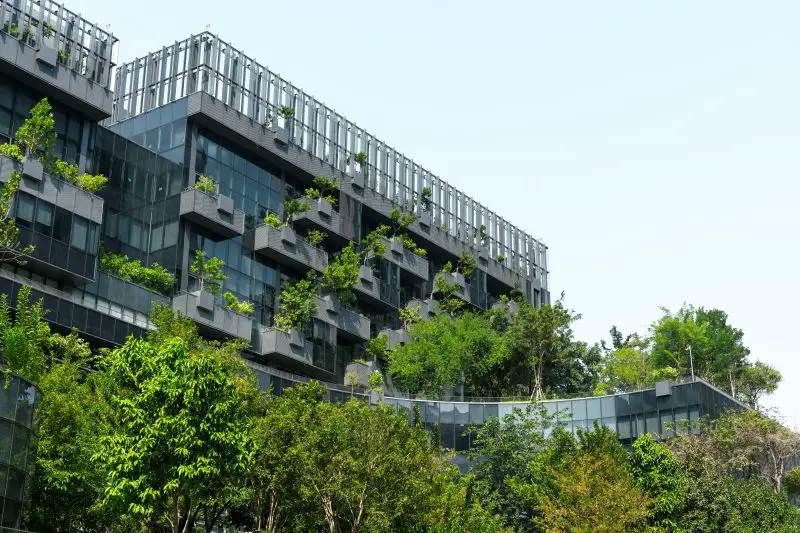Click here to get this post in PDF
Sustainability defines success in hospitality design as travelers seek responsible lodging. Hotels that invest in eco-conscious infrastructure reduce long-term costs, improve their brand image, and meet growing regulatory expectations.
Green design goes far beyond recycling bins and LED lightbulbs. It requires devising a strategy from the ground up, beginning with energy systems, material sourcing, water management, and waste reduction. Here are five ways to improve green and sustainable hotel designs.
Optimize Energy Systems With Smart Technology
Smart systems give hotel operators precise control over the energy usage in real time. Automated lighting, occupancy sensors, and programmable thermostats adjust usage based on activity, not guesswork. Hotels that monitor demand patterns cut waste and maintain comfort without overcompensating.
Solar panels and geothermal heating systems now power large-scale resorts with clean energy. Building managers pair battery storage with smart controllers to optimize output during peak use periods. Developers can start with intelligent infrastructure that delivers measurable impact.
Use Local and Recycled Building Materials
Sourcing local materials reduces transportation emissions and strengthens ties to the surrounding community. Building materials, such as regional stone, reclaimed timber, and recycled metal, support sustainability and unique architectural expression. Local suppliers also provide faster delivery and better adaptability for ongoing maintenance.
Recycled products reduce demand for virgin resources while maintaining durability and style. Interior designers use salvaged flooring, repurposed steel, and recycled glass in furniture, fixtures, and finishings. One of the smartest ways to improve green and sustainable hotel designs involves building with materials that already exist.
Design and Maintain Functional Retention Ponds
The main role of retention ponds is to help hotels manage stormwater runoff, reduce erosion, and improve site-wide water quality. Retention ponds capture heavy rainfall and release it slowly to avoid flooding or downstream disruption. Native aquatic plants filter the water naturally and provide habitat for local wildlife, adding ecological value.
Properly planned ponds reduce wear on municipal systems and limit long-term maintenance costs. Maintenance teams monitor water levels and flow controls to support long-term environmental performance.
Reduce Water Waste Through Fixtures and Landscaping
Low-flow toilets and faucet aerators decrease daily water usage without hindering the guest experience. Smart showerheads maintain consistent water pressure while minimizing unnecessary volume. Hotels can also install leak detection systems that alert staff before problems grow into expensive losses.
Drip irrigation systems apply water directly at the root level, reducing evaporation and runoff. Drought-tolerant plants require less maintenance and offer a natural look that complements many climates. Facilities that reuse greywater for irrigation or flushing take a major step toward water independence.
Incorporate Waste Diversion and Onsite Recycling
Waste systems built into hotel operations reduce pressure on landfills and improve cost management. Back-of-house sorting stations let staff separate food waste, recyclables, and landfill items with ease. Hotels that build waste into their logistics reduce contamination and improve hauling efficiency.
Front-facing systems show guests how to participate in sustainability efforts without confusion. In-room bins, compostable packaging, and digital receipts cut down on trash. Properties that promote clear, active waste systems see higher guest satisfaction and lower disposal fees.
Green hotel design demands practical choices, not gimmicks. Developers and operators must think systemically about energy, water, and waste. Every decision leaves a long-term footprint that affects cost, guest loyalty, and brand strength. Build smarter, cleaner, and more sustainably to stay ahead in hospitality.
Also read:
Building Passports: The Future of Sustainable Real Estate
Eco-Friendly Revolution: How Companies Can Become Sustainable
Image source: elements.envato.com

